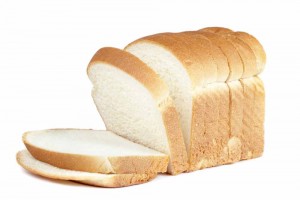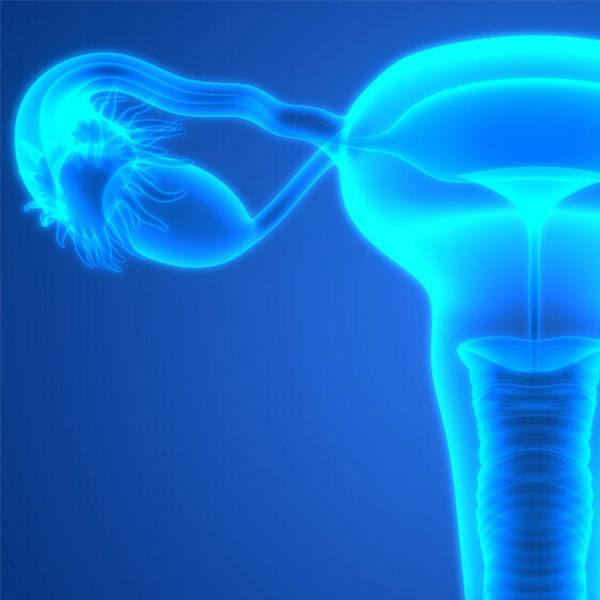-
Looking Inside Whole Grains
ROCHESTER, Minn. — Don't assume that a favorite wheat bread is offering the benefits of whole grains.
The April issue of Mayo Clinic Health Letter covers the gritty details on whole grains. They can help protect against cardiovascular disease. Whole grains may help lower weight and reduce the incidence of diabetes, though evidence on this is limited.

Whole grains include the entire grain, usually called the kernel. The nutrient-dense kernel includes a fibrous outer coating (bran) that protects the kernel's interior. Most of the interior is endosperm, a starchy substance that provides energy for the kernel's reproductive seed (germ). The germ is a treasure trove of vitamins, minerals, healthy unsaturated oils and phytochemicals.
Whole-grain foods are made from kernels that are cracked, crushed or flaked, maintaining the proportion of bran, endosperm and germ that occurs in the intact kernel. In contrast, refined grains have a finer texture because the bran and germ have been removed. Refining takes away fiber and vitamins.
The Nutrition Facts label is the best way to determine if a bread or cereal truly includes whole grains. If a whole grain is the first or second ingredient after water, and it is the primary ingredient, the food is considered to be whole grain. For foods with multiple whole grains, look for the grains to be at the top of the ingredient list. Whole grains that might be listed include whole-grain corn or barley, buckwheat (kasha), millet, oats, oatmeal, popcorn, quinoa, brown or white rice, and whole rye. Whole wheat may be listed as wheat berries, cracked wheat or bulgur.
Another clue on the label is the Percent Daily Value of dietary fiber: the higher percentage the better. Whole grain foods ideally would have 2.5 to 5 grams of fiber.
Mayo Clinic Health Letter is an eight-page monthly newsletter of reliable, accurate and practical information on today's health and medical news. To subscribe, please call 800-333-9037 (toll-free), extension 9771, or visit Mayo Clinic Health Letter Online.
Media Contact: Ginger Plumbo, 507-284-5005 (days), newsbureau@mayo.edu







